A massive earthquake strikes, and within minutes, AI-powered drones are mapping damage, locating survivors, and guiding rescue teams. This isn’t science fiction—it’s reality in 2025.
Yet, despite these groundbreaking technologies that could save thousands of lives, most disaster-prone regions remain critically underequipped.
Millions remain vulnerable while cutting-edge algorithms sit unused. What’s stopping us from harnessing this life-saving potential?
This exploration reveals how artificial intelligence could revolutionize disaster response—and why we’re falling short of a technological breakthrough that could rewrite survival narratives.

Cutting-edge AI Prediction Technologies
Emerging artificial intelligence technologies are reshaping our approach to natural disaster prediction.
By leveraging advanced computational methods, researchers have developed groundbreaking systems to forecast catastrophic events with unprecedented accuracy and speed.
Earthquake Prediction Systems

Quantum machine learning algorithms have revolutionized seismic risk assessment.
Scientists now harness complex computational techniques to analyze intricate geological data, transforming how we understand and anticipate tectonic movements. The approach goes beyond traditional monitoring methods.
Researchers at leading institutes have developed sophisticated models that process massive datasets from global sensor networks.
These systems can detect subtle ground movement patterns, accurately identifying potential earthquake risks. Machine learning algorithms can now recognize microscopic changes that human analysts might overlook.
Cutting-edge quantum computing enables probabilistic risk modeling that considers multiple geological variables simultaneously. Organizations like Japan’s advanced warning systems demonstrate this technology’s potential.
By integrating real-time data from thousands of sensors, these systems can provide critical warnings, potentially saving numerous lives during seismic events.
Hurricane Forecasting Innovations

Meteorological science has witnessed a dramatic transformation through artificial intelligence technologies.
Sophisticated algorithms now analyze atmospheric conditions with unprecedented depth, creating more reliable storm trajectory predictions.
NASA’s breakthrough GOES-R satellite system represents a quantum leap in hurricane tracking. By employing advanced machine learning techniques, researchers can now reduce prediction errors by approximately 30%.
The system analyzes complex atmospheric interactions, wind patterns, and oceanic conditions to generate highly accurate forecasting models.
Quantum weather prediction models have emerged as game-changing tools for understanding storm development. These computational systems can process multiple environmental variables simultaneously, offering more nuanced insights into hurricane formation and movement.
Researchers can now generate probabilistic scenarios that help emergency management teams prepare more effectively, ultimately minimizing potential human and economic losses.
Search and Rescue Revolution: AI-Powered Drone Technologies
Technological innovation has dramatically transformed emergency response strategies.
Autonomous aerial systems now represent a critical lifeline in disaster management, offering unprecedented capabilities for rescue and assessment operations.
Autonomous Drone Capabilities
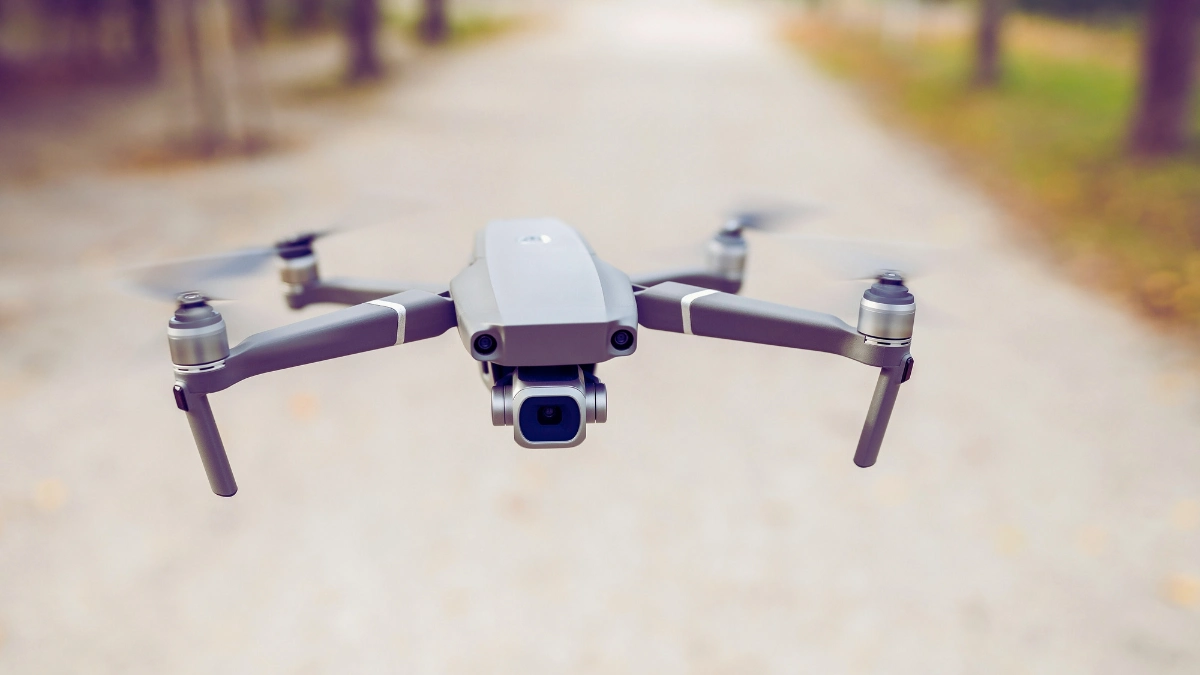
Disaster response teams have witnessed a remarkable shift with AI-powered drone technologies.
These intelligent machines navigate treacherous terrains where human rescuers face extreme challenges, becoming critical lifesaving instruments during catastrophic events.
Sophisticated algorithms enable drones to autonomously map disaster zones with extraordinary precision.
Equipped with advanced navigation systems, these aerial robots can traverse complex landscapes, identifying safe routes through debris and dangerous environments.
Thermal imaging capabilities allow them to detect human heat signatures, locating survivors trapped in challenging conditions.
Strategic deployment of drone swarms has revolutionized emergency responses. Researchers have developed coordination protocols that enable multiple drones to work simultaneously, covering vast areas more efficiently than traditional methods.
Their ability to deliver medical supplies, communication equipment, and essential resources makes them indispensable tools in critical rescue missions.
Advanced Imaging and Assessment Technologies

Computer vision technologies have transformed how we understand and respond to disaster landscapes.
Sophisticated algorithms can now analyze massive amounts of visual data with unprecedented speed and accuracy.
Semantic segmentation techniques allow for granular infrastructure damage assessment. By processing high-resolution satellite imagery and ground-level data, AI systems can categorize structural damage pixel by pixel.
Rescue teams receive detailed maps highlighting critical areas, enabling more targeted and efficient resource allocation during emergency operations.
Machine learning models have dramatically improved damage assessment capabilities. These intelligent systems can rapidly classify building integrity, identify potential collapse risks, and prioritize rescue efforts.
By integrating multiple data sources like satellite imagery, drone footage, and ground sensor networks, researchers have created comprehensive assessment tools that provide real-time insights into disaster-affected regions.
Persistent Challenges in AI Disaster Management
Despite remarkable technological advances, significant obstacles continue to hinder the widespread implementation of AI in disaster response.
Understanding these challenges is crucial for developing more effective and equitable emergency management strategies.
Data and Infrastructure Limitations
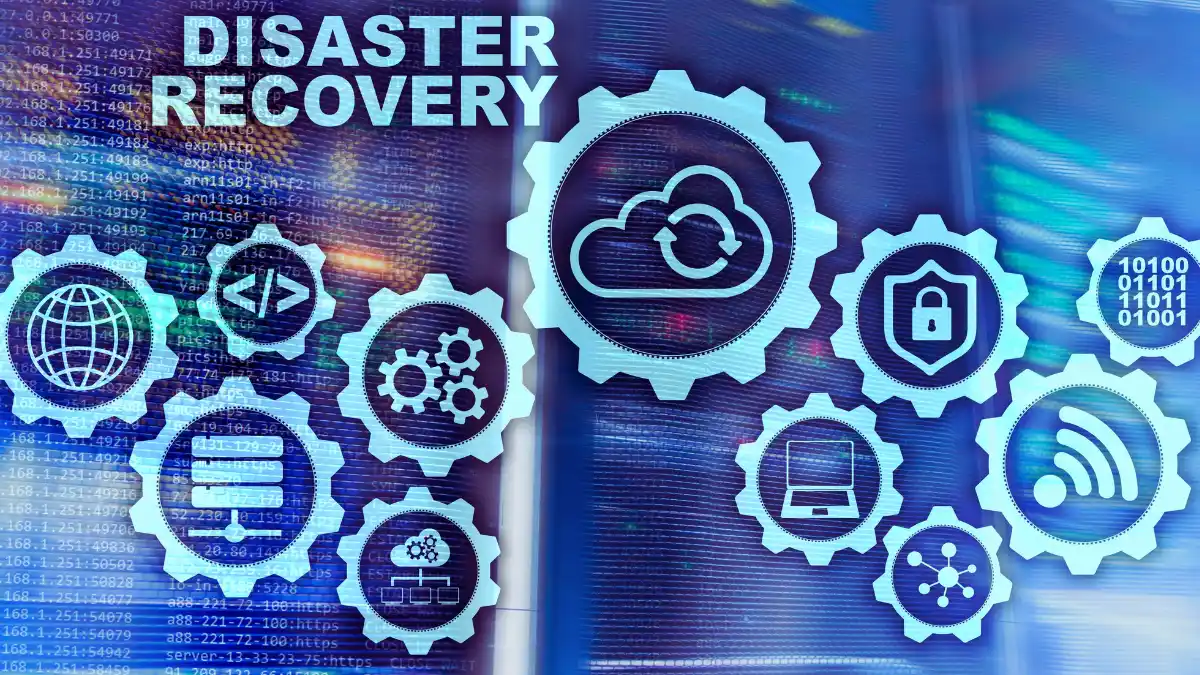
Connectivity remains a critical bottleneck in disaster-prone regions worldwide. Remote and economically challenged areas often lack the necessary technological infrastructure to support advanced AI systems, creating significant gaps in early warning and response capabilities.
Sensor network deployment faces substantial geographical and economic barriers. Mountainous terrains, dense forests, and isolated coastal regions present complex challenges for establishing reliable data collection points.
Researchers struggle to create comprehensive monitoring systems that can capture real-time environmental data across diverse and challenging landscapes.
Transmission technologies represent another significant hurdle. Satellite communications and ground-based networks frequently fail during extreme events, disrupting critical information flows.
Developing robust, resilient communication frameworks that can withstand severe environmental conditions has become a priority for emergency management experts seeking to maximize AI-driven disaster response capabilities.
RELATED:
Economic and Equity Barriers
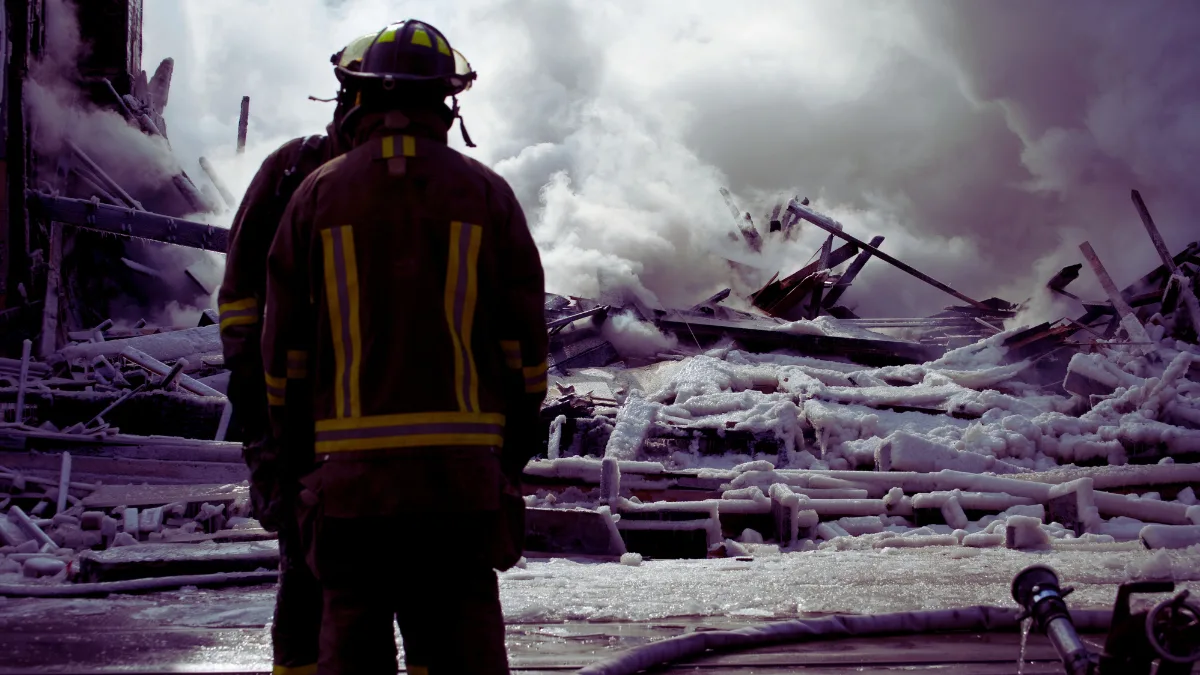
Financial constraints severely limit AI technology adoption in vulnerable regions. Developing countries face enormous challenges in acquiring sophisticated computational resources required for advanced disaster prediction and management systems.
Global investment disparities create substantial technological gaps. Recent studies reveal only a few disaster-prone nations have implemented advanced AI infrastructure, highlighting a critical equity issue.
Wealthy countries continue to develop increasingly sophisticated systems while many vulnerable regions remain technologically underequipped.
Public-private partnerships emerge as potential solutions to bridge these economic divides. International collaboration frameworks can help distribute resources, share technological expertise, and create more accessible AI tools.
Innovative approaches like open-source technologies and low-cost sensor networks offer promising pathways to democratize critical disaster management capabilities.
Ethical Considerations
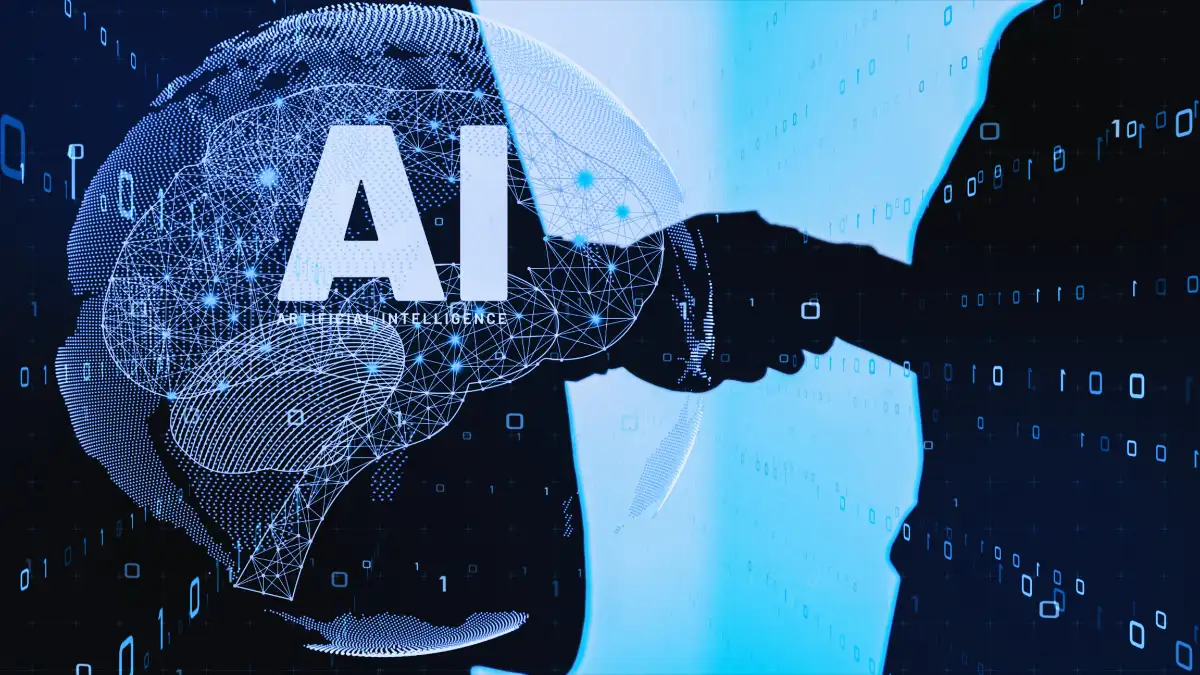
Artificial intelligence introduces complex ethical challenges in disaster response scenarios.
Algorithmic decision-making processes raise significant questions about bias, accountability, and potential unintended consequences.
Training data represents a critical concern for researchers and ethicists. Inherent biases within machine learning models can lead to skewed predictions, potentially misallocating resources or creating unnecessary panic.
Careful curation of training datasets becomes essential to ensure fair and accurate AI-driven emergency responses.
Transparency and human oversight remain paramount in AI implementation. While technological capabilities continue to expand, maintaining human judgment and ethical scrutiny becomes crucial.
Developing robust governance frameworks that balance technological innovation with human-centric approaches will be essential for responsible AI deployment in disaster management contexts.
RELATED:
Transformative Case Studies and Future Outlook
Technological innovation continues to reshape our approach to disaster management.
These groundbreaking examples demonstrate how artificial intelligence can save lives and minimize catastrophic impacts during natural disasters.
Landmark Disaster Response Examples (Turkey-Syria earthquake)

The Turkey-Syria earthquake of 2023 served as a watershed moment for AI-driven emergency response technologies.
Researchers deployed sophisticated machine learning algorithms that analyzed satellite imagery with unprecedented speed and accuracy, identifying 90% of damaged buildings within hours of the catastrophic event.
Drone technologies played a crucial role in rescue operations. Thermal imaging systems located survivors trapped beneath massive rubble fields, guiding rescue teams to critical locations.
Advanced computer vision techniques enabled rapid damage assessment, helping emergency responders allocate limited resources more effectively.
Cyclone Amphan in 2020 showcased another remarkable application of AI technologies. Predictive models generated accurate storm trajectory forecasts, enabling massive evacuations across India and Bangladesh.
Post-disaster analysis used crowdsourced social media data and satellite imagery to map flood-affected regions, demonstrating the potential of integrated technological approaches.
RELATED:
Strategies for Global AI Adoption

International collaboration emerges as a key strategy for democratizing disaster management technologies.
Open-source AI tools and low-cost sensor networks can help bridge technological gaps between wealthy and resource-constrained regions.
Governments and private sector organizations must develop comprehensive training programs. Building local technological capacity requires sustained investment in education, infrastructure, and research capabilities.
Collaborative frameworks like Microsoft’s AI for Humanitarian Action provide promising models for knowledge transfer and resource sharing.
Crowdsourced data platforms represent another innovative approach to technological democratization. By integrating local knowledge with advanced computational techniques, researchers can create more responsive and adaptable disaster management systems.
These approaches can help transform AI from a niche technological tool into a universal lifeline.
Future Technological Roadmap
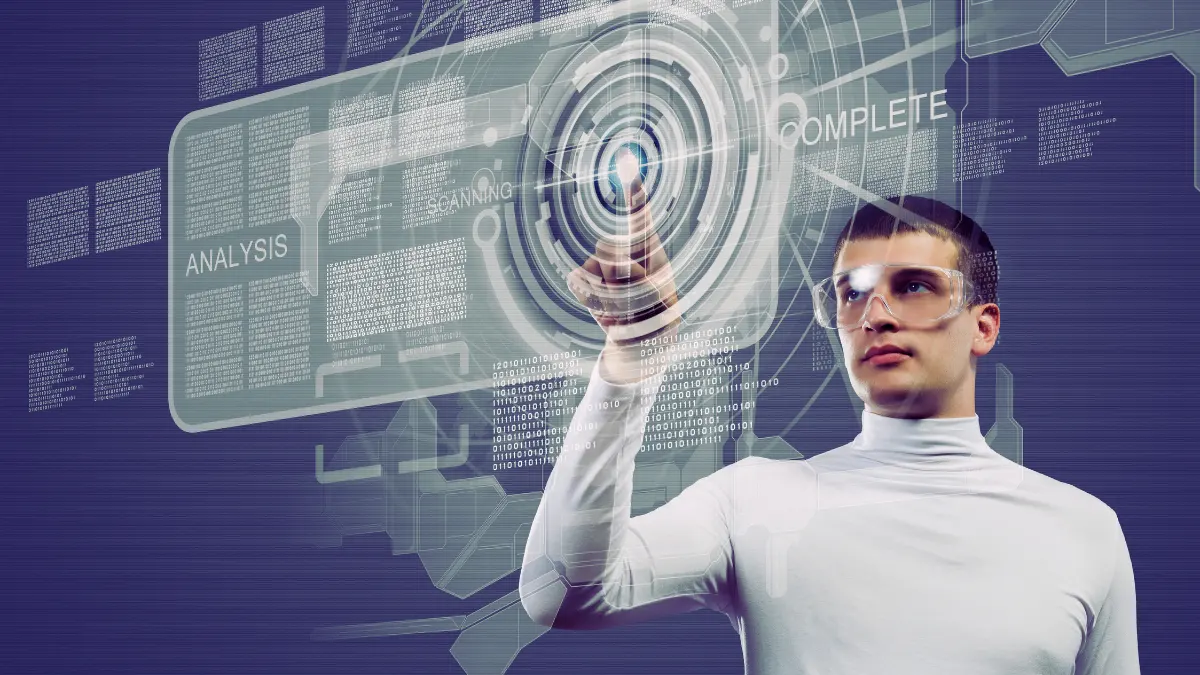
Quantum computing stands at the forefront of next-generation disaster prediction technologies.
Researchers are developing increasingly sophisticated models that can process multiple environmental variables simultaneously, generating more nuanced and accurate forecasting capabilities.
Interdisciplinary collaboration will drive future technological innovations. Combining expertise from climate science, computer engineering, and social sciences can create more holistic approaches to disaster management.
Machine learning algorithms will become more adaptive, learning from historical data and real-time environmental changes.
Emerging technologies like advanced satellite networks and edge computing will further enhance prediction and response capabilities. These systems will enable faster data processing, more accurate risk assessments, and more targeted emergency interventions.
The ultimate goal remains clear: leveraging technological innovation to save lives and minimize human suffering during catastrophic events.
Tired of 9-5 Grind? This Program Could Be Turning Point For Your Financial FREEDOM.

This AI side hustle is specially curated for part-time hustlers and full-time entrepreneurs – you literally need PINTEREST + Canva + ChatGPT to make an extra $5K to $10K monthly with 4-6 hours of weekly work. It’s the most powerful system that’s working right now. This program comes with 3-months of 1:1 Support so there is almost 0.034% chances of failure! START YOUR JOURNEY NOW!
